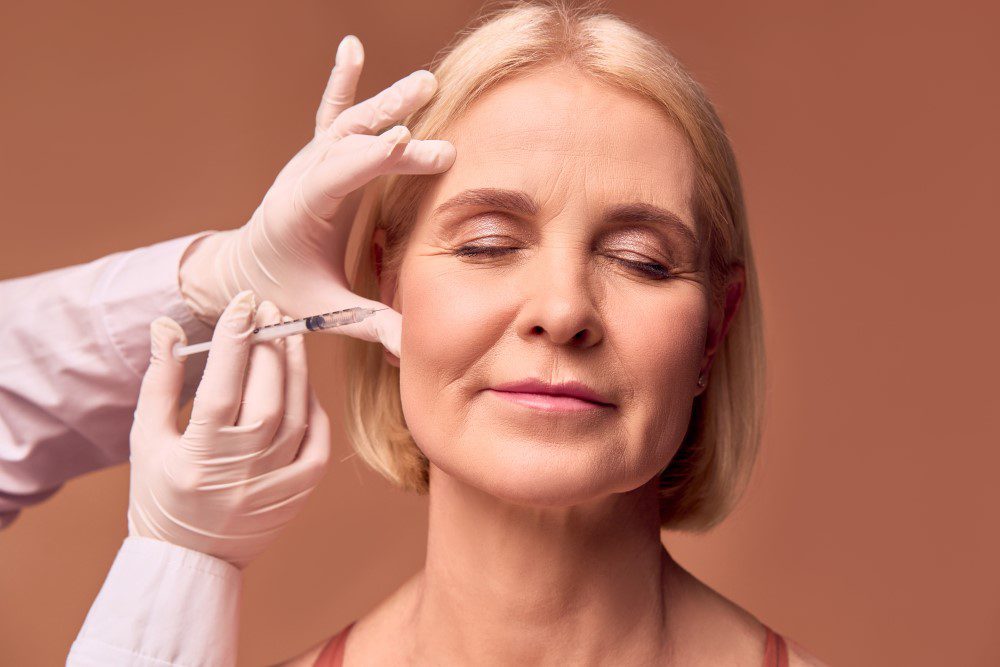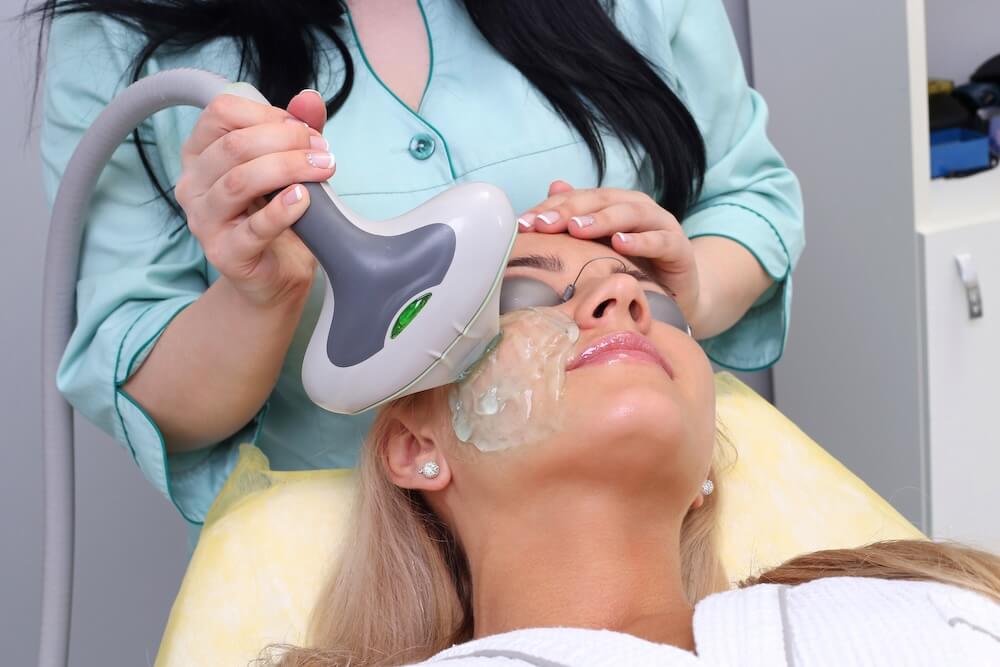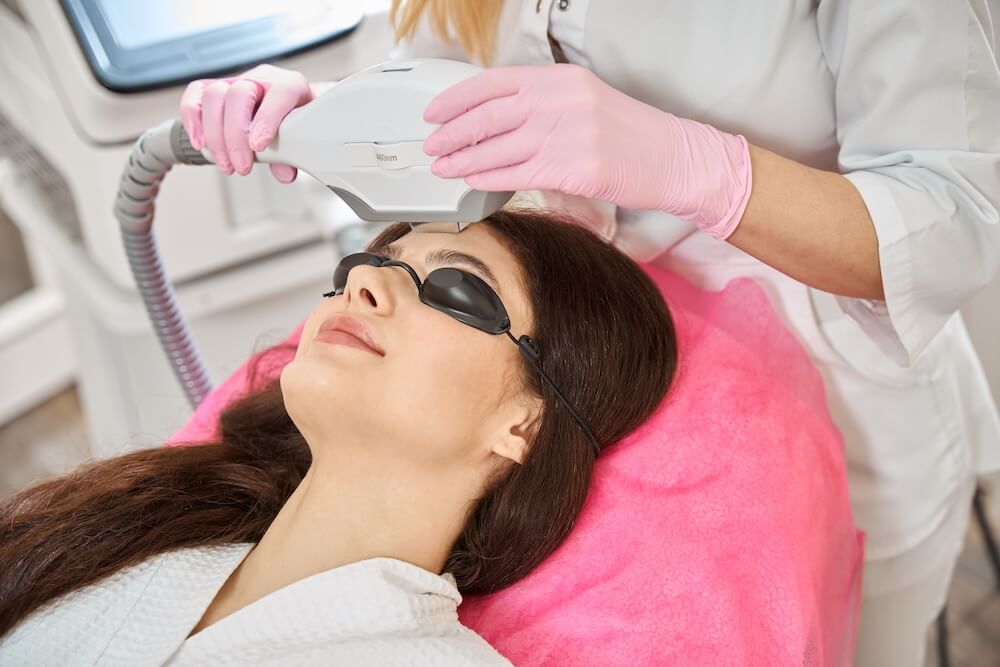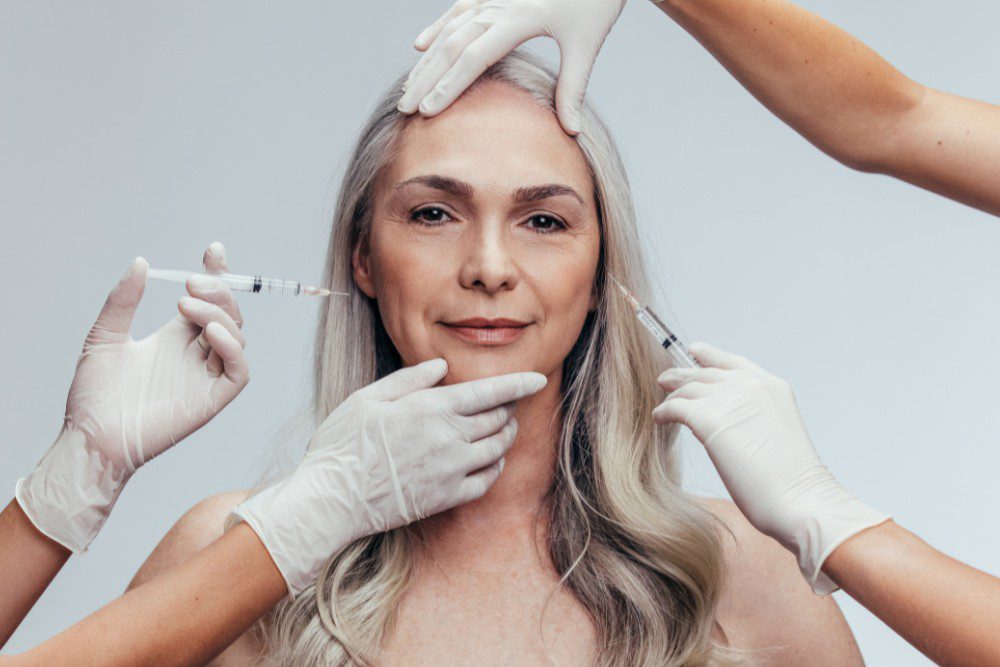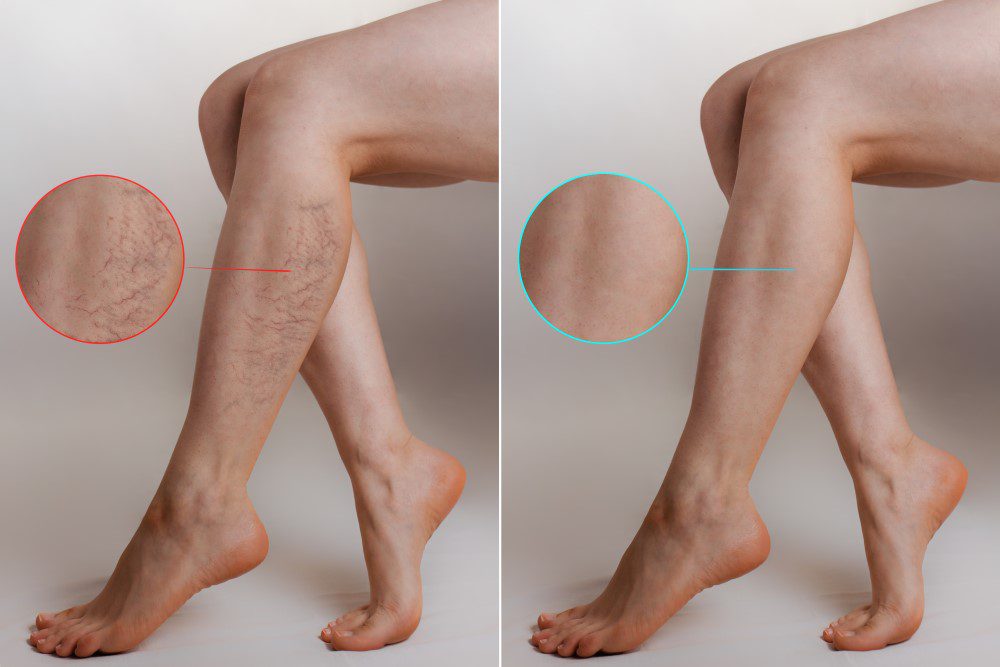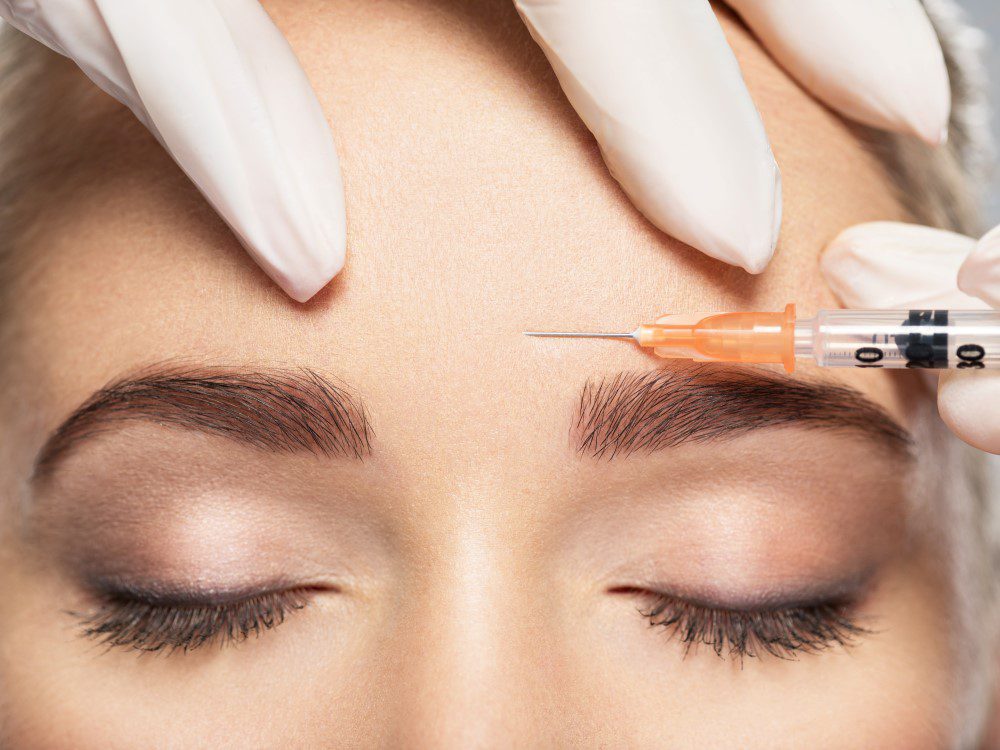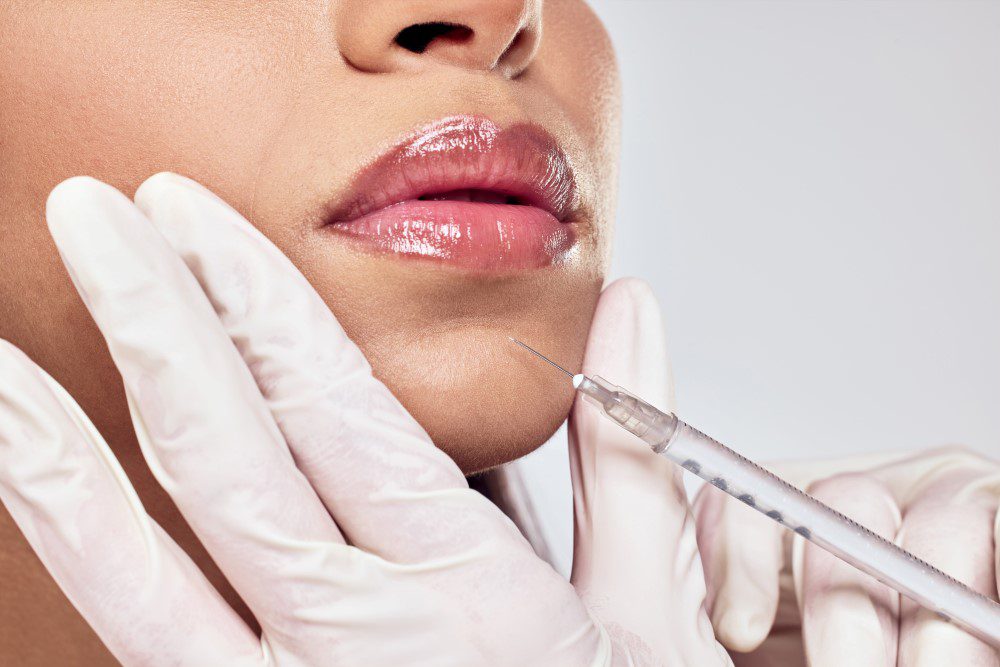A common age-related complaint is the development of sunken cheeks. They’re associated with aging and are also commonly assumed to indicate health problems, malnutrition, or illness. They also result in generally unwanted changes to the proportions of the face, and can often exaggerate the appearance of other parts of the face, including the jawline and under-the-eyes.
While dermal fillers are the go-to treatment for loss of volume around the face, there has been a movement towards using Botox in this situation. Although Botox is primarily used to treat muscle-related facial lines and wrinkles, it is also increasingly being used to help adjust facial contours.
Causes of Sunken Cheeks
Loss of volume in and around the cheeks can be caused by several factors, but is primarily due to age-related reduction in the fat deposits beneath the skin. This occurs with the natural reduction in the body’s ability to produce collagen, elastin, and facial fat as it ages. Other factors can influence the process, including rapid weight loss, medical history, lifestyle choices, and genetic factors.
Using Botox to Adjust Facial Contours
Although Botox is traditionally used to address facial wrinkles, it has also found use as a way to adjust the contours of the face linked to overdeveloped masseter (chewing) muscles around the jawline. Judicious application of Botox to these muscles can achieve a reduction in their size over time.
Reducing the size of the masseter muscles can help create a slimmer-looking lower face. This, in turn, can change the profile of one’s face, as it causes the midface area to appear more prominent relative to the lower facial area. By creating a more balanced facial profile, Botox treatment can help draw attention away from the cheek area and reduce the visual perception of sunken cheeks.
An interesting technique can be used to mitigate any potential to exaggerate the appearance of cheek hollowness – different Botox doses can be applied at various locations along the masseter muscles. Using a larger dose in the thickest part of the muscle, combined with smaller doses on either side, can help achieve better results.
Limitations of the Technique
As opposed to dermal fillers, Botox does not act to restore lost facial volume. Its benefits occur mainly by adjusting facial contours. In cases where significant facial volume has been lost, it may still be necessary to use dermal fillers to compensate for lost layers of fat. Fortunately, the two procedures act to complement each other, and can be jointly used when appropriate.
The ability to use Botox to address sunken cheeks varies according to each individual. Your anatomy, facial structure, and the severity of your volume loss will dictate whether Botox can help address your situation. Discuss any concerns with your practitioner – assuming that they are experienced with the use of Botox in this situation, they will be able to help you decide if it’s an appropriate treatment for your particular situation.
Speak With Your Laser Skin Care About Whether Botox Is Right for You
Your Laser Skin Care practitioners are medically qualified, with extensive experience performing Botox treatments, including its use to adjust facial profiles. We tailor all treatments according to each patient’s needs. We invite you to contact us for more information on this or any of the other non-invasive cosmetic procedures we offer. We can help you choose the safest, most effective, and most cost-effective way to achieve your cosmetic goals. Call us at (323) 525-1516 to schedule a free consultation, or visit us online for more information

